A guide to Lima: South America’s culinary capital
9 min readThis article was adapted from National Geographic Traveller (UK)
A decade ago, Lima was unburdened with expectation. It’s long been one of South America’s larger cities — with a population of over 11 million, it’s currently only just lagging behind the likes of Bogotá and Rio de Janeiro. But for years it had neither the international reputation nor connections to make it worth much of a detour for anyone beyond dusty backpackers making their way up or down the mighty Pan-American Highway, and travellers transferring on to Machu Pichu or the Peruvian Amazon.
But over the past 10 years, the Peruvian capital has steadily been establishing itself as South America’s premier culinary destination. Visitors today will find a city almost overburdened with fine dining, extraordinary produce and plenty of surprises besides.
The founding of Central, the pioneering flagship restaurant of chefs Virgilio Martínez and Pía León, was a defining moment in Lima’s uphill trajectory. It entered the World’s 50 Best Restaurants list in 2013 and in 2021 Pía was named the World’s Best Female Chef. Today, tables at Central are as in-demand as those at any Michelin-starred restaurant a world away in Paris. And as of 2022, it was still in the list
— ranking second alongside Lima’s Mayta (number 32) and Maido (number 11). Together, these restaurants are championing Peru’s extraordinary larder on a world stage.
The nation’s gourmet accolades may be escalating, but its culinary prowess stretches far back to the pre-Columbian days of the Incas — some of history’s finest farmers — and beyond. It’s said that in Peru there are around 3,500 varieties of potato and over 50 of corn, the result of agricultural ingenuity stretching back over the centuries.
This story is expertly detailed in a series of excellent museums in Lima. While much of that history is settled, the origins of the national drink, pisco, remain the subject of fierce debate between Peru and Chile, with both claiming to be the birthplace of the unaged brandy. Whichever side you choose to believe, you’ll find an almost infinite variety served in bars and restaurants across Lima, the best distillations served as a slow-drinking sipping spirit, while whole establishments are dedicated to pisco sours, the sweet-sour, foam-topped cocktail that’s by far its most popular iteration.
In such a sprawling metropolis, there are of course the usual urban problems to contend with — perpetual smog and chaotic traffic — but Lima is a city with an understanding and appreciation of itself, both old and new. Still a fine staging post for visiting Peru’s rainforest or the Andes, Lima today has also truly come into its own as a destination — and, for the culinary traveller, this is a Latin American city with truly unique flavours.
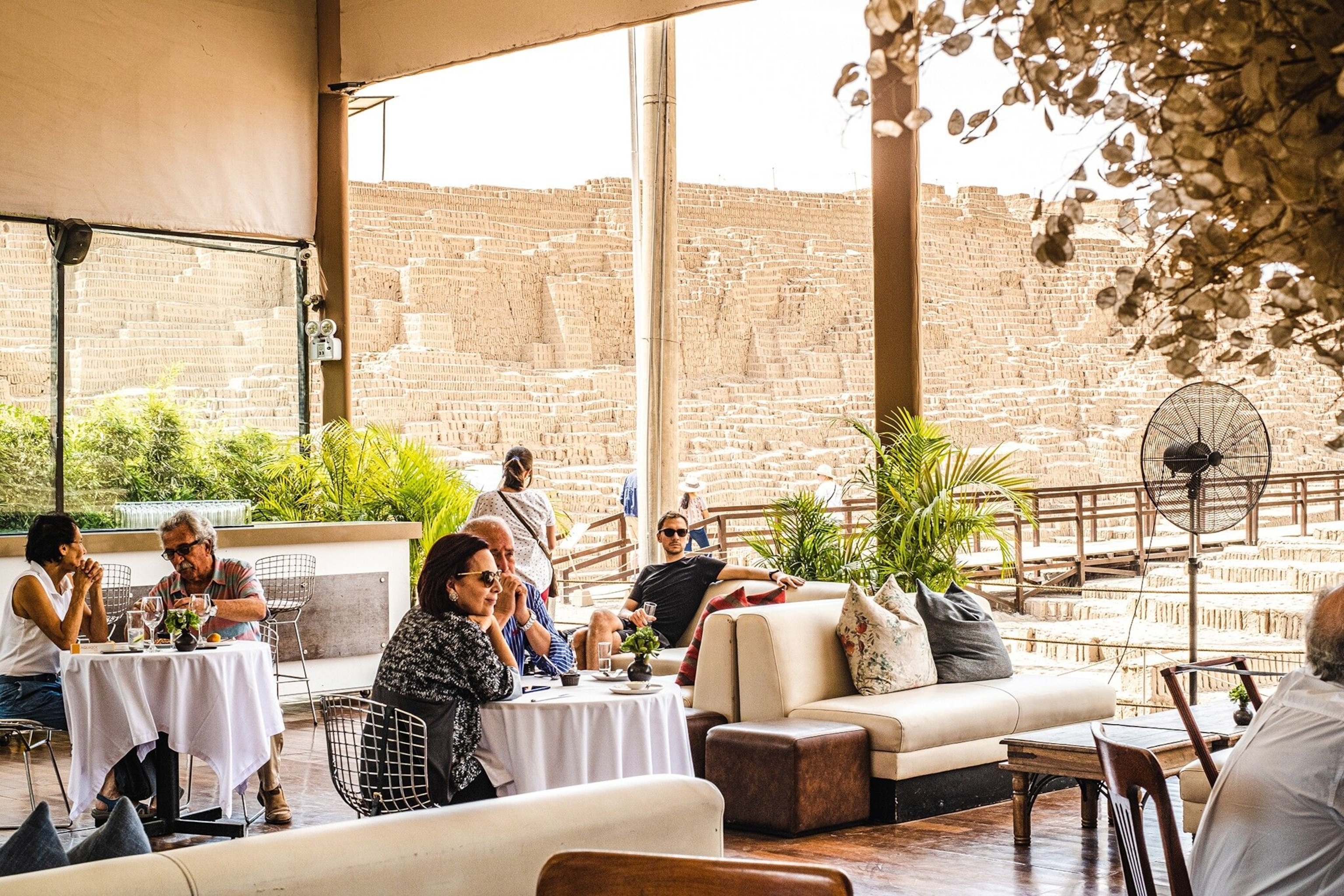
Huaca Pucllana restaurant, with views of a pre-Incan pyramid. Photograph by Karolina Wiercigroch
What to see and do in Lima
Museo Larco: The district of Pueblo Libre is home to arguably the finest museum in all of Peru, set in an 18th-century former viceroy’s mansion. A dazzling collection of pre-Columbian archaeological discoveries await inside, including a display of gold and silver coins and jewellery, and a crowd-drawing exhibit of erotic archaeological artefacts, all expertly laid out to underline just how ancient Indigenous culture is here.
Surfing: When most people think of surfing in the Americas, they often think of Central and North America, but the mighty Pacific rolls in as steadily as anywhere along the Peruvian coast. The best waves are within such easy reach of the city, businessmen have been known to go surfing on their lunch breaks. If you’re looking to learn, Team Surf Peru caters to all levels.
Andres del Castillo Museum: On the surface, a museum full of old rocks may not sound all that appealing, but low expectations will be confounded here. Thousands of pieces of ceramics and minerals have been gathered from across Peru, allowing for a better understanding of history — not to mention the sinister business of colonial Spanish mining in South America.
Basilica and Convent of Santo Domingo: The focal point of Lima’s historic centre, this stunning Catholic complex dates back to the 16th century and is home to the silver urn containing the skull of Santa Rosa (Peru’s patron saint). Take time to explore its shady patios, atmospheric tombs, libraries, chapels and cloisters decked with 17th-century Spanish tiles.
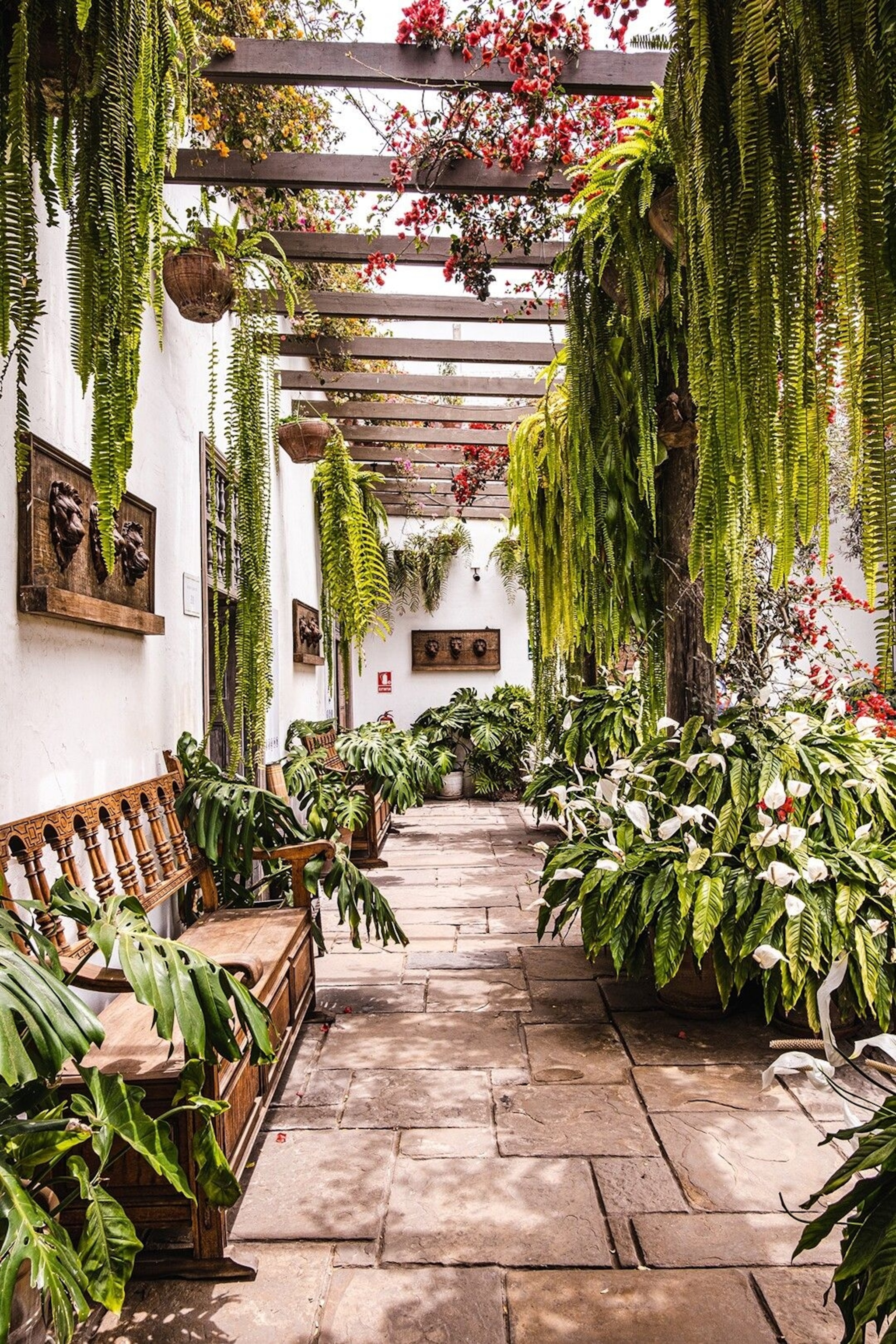
The garden at Museo Larco. Photograph by Karolina Wiercigroch
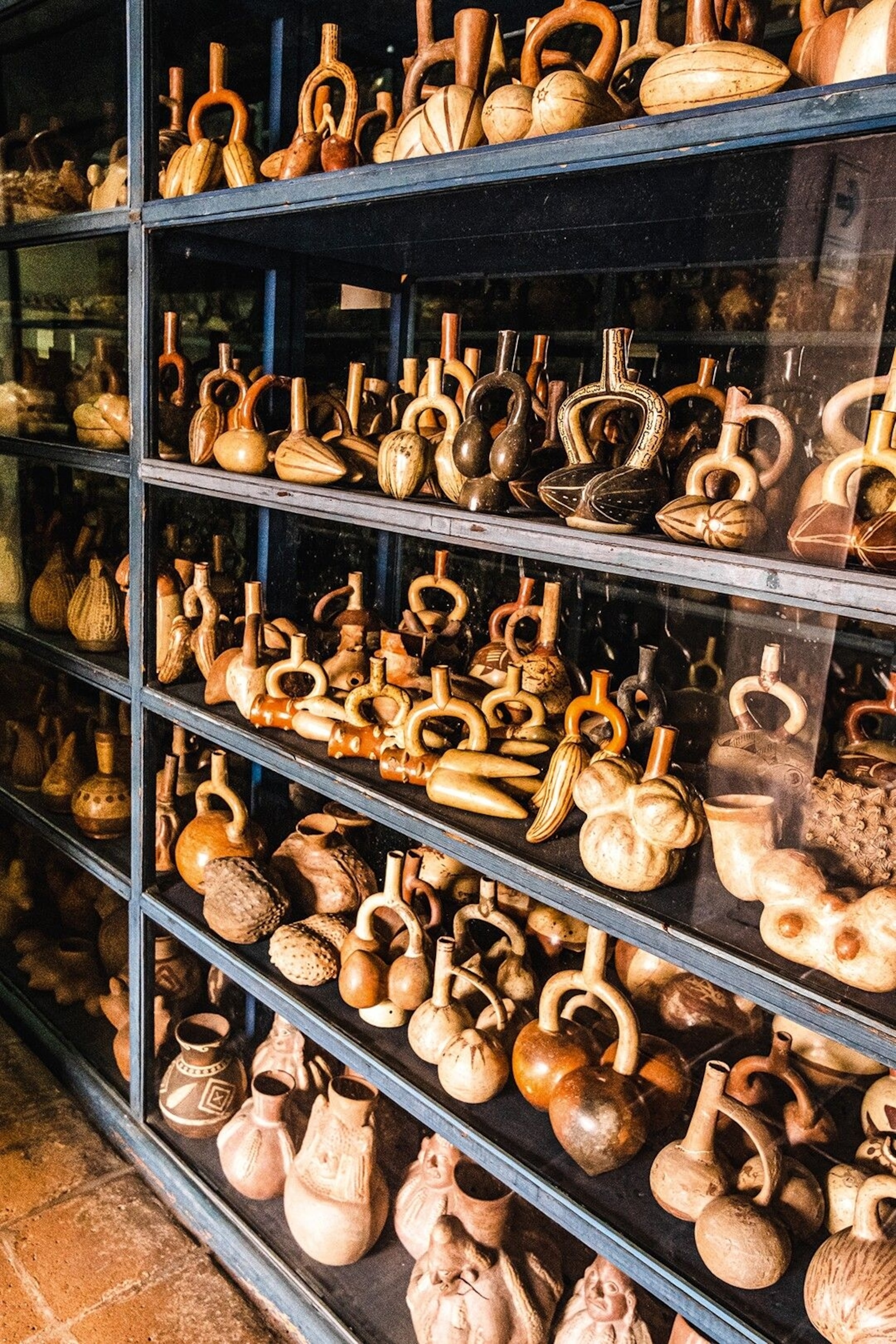
Some of the 30,000 pottery artefacts on display at Museo Larco. Photograph by Karolina Wiercigroch
Barranco street art: The coolest neighbourhood in the city, Barranco has achieved its reputation partly thanks to the extraordinary street art covering its walls. Here, some of Peru’s best young artists have splashed colour around, livening up what’s all too often a drab, utilitarian city. Guided tours will make sure you see the best of it.
Huaca Pucllana Miraflores may not seem like an obvious place to go hunting for pre-Columbian ruins, but the imposing pyramid of Huaca Pucllana is sitting right there. Excavations are ongoing at this 1,600-year-old treasure, which was once used for religious rites and also contains complex irrigation channels and a burial site for Wari nobility. Daily tours are available.
Museo del Pisco: It’s entirely possible to simply sit and get flush-faced on the good stuff at Museo Del Pisco, but as the name suggests, there’s more than just a hangover on offer here. Founded in a colonial-era building in 2012, it takes a modern approach to tastings and tours, emphasising the cultural significance of pisco to visitors old and young.
Magic Water Circuit: Is it unique? No. Is it nonetheless captivating? Absolutely. The ‘dancing waters’ that spring from the 13 synchronised fountains in the Park of the Reserve (Tuesday to Sunday) are beloved by Lima residents, especially in the dark, grey months of winter, when their extraordinary display illuminates the night sky.
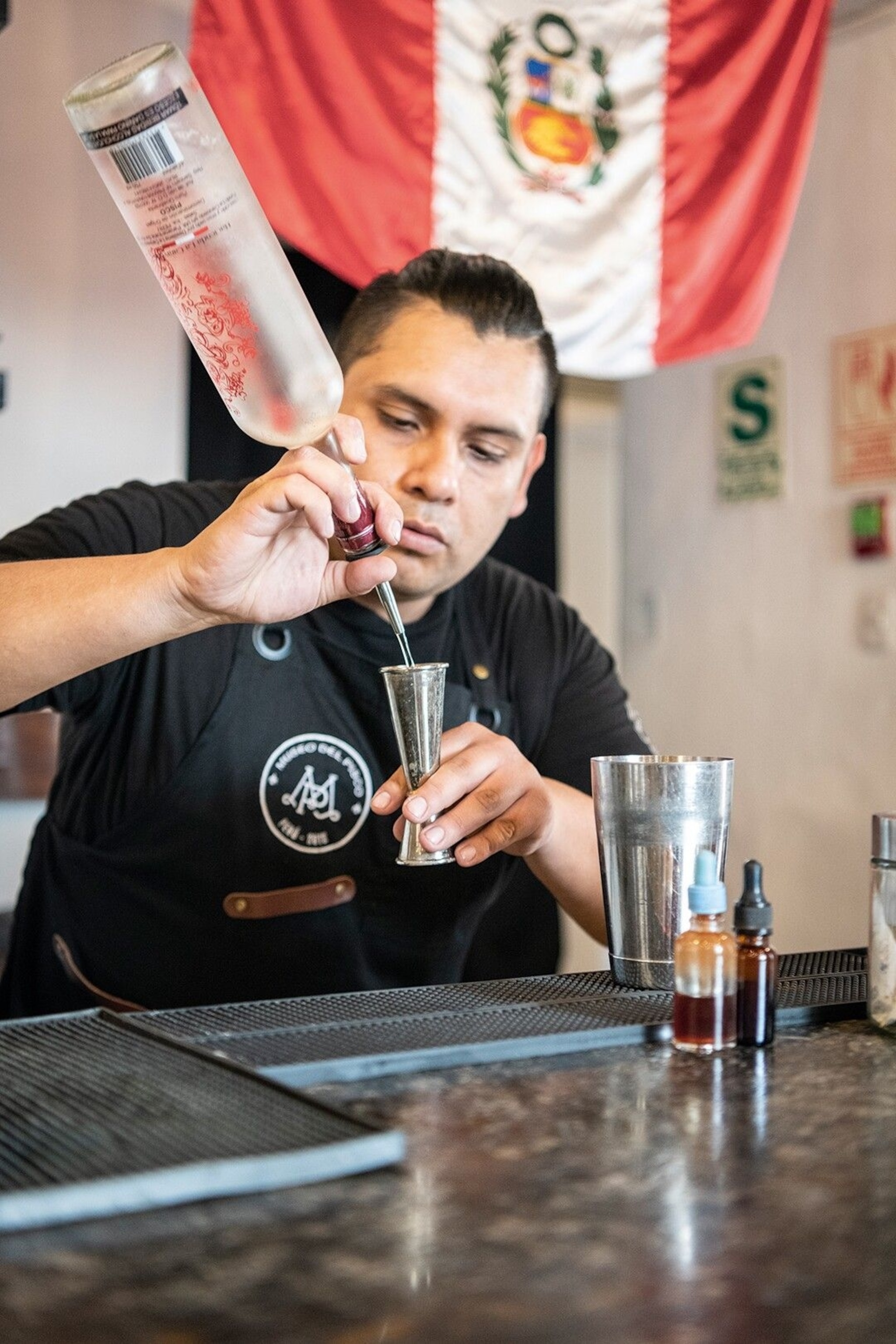
A pisco sour cocktail being made at Museo del Pisco. Photograph by Ben Pipe
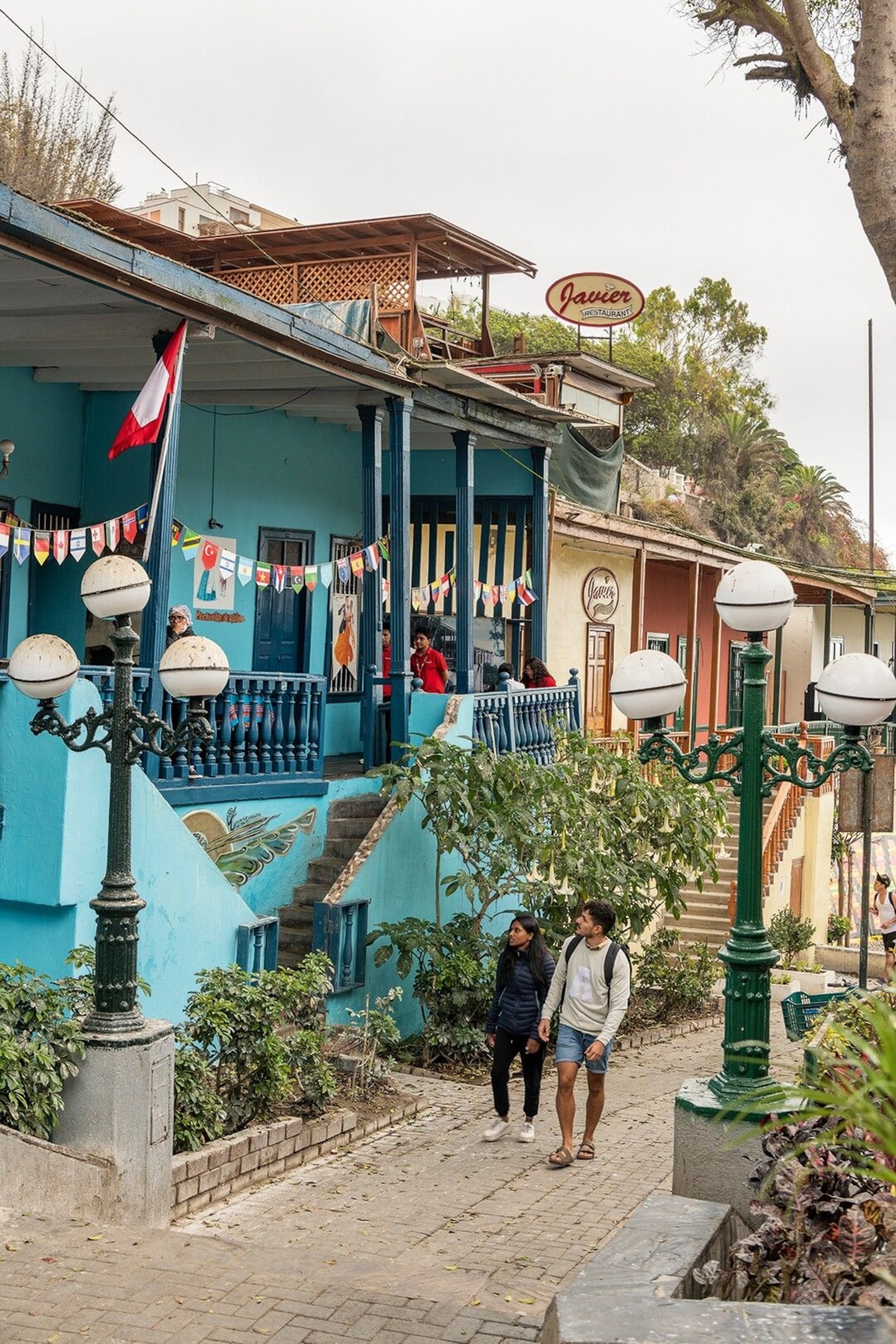
Colourful houses in Barranco. Photograph by Ben Pipe
The best places to eat at
Mérito: Chef Juan Martinez may hail from Venezuela, but he’s very much at home in the Peruvian capital, rubbing shoulders with some of Latin America’s finest chefs. His fusion of dishes from his homeland has created some extraordinary results — the barbecued corn is unforgettable — making this one of the very finest restaurants in an outstanding field.
Tragaluz: While the food at Tragaluz is excellent, part of the appeal of this hip Miraflores restaurant is that it doesn’t take itself too seriously. The decor blends pop art with a garden conservatory, while the bubbly staff are equally happy to have a joke with you or take a deep dive through the seafood-focused menu.
Central: It’s not by accident that Central has been selected as not only the best restaurant in Latin America, but the second best in the whole world, according to The World’s 50 Best Restaurants rankings. This jewel in Barranco has an unforgettable 16-course menu and requires booking months in advance.
How to enjoy Lima after hours
Carnaval: In a city of 11 million people, it’s perhaps folly to pick its best drinking spot, but Carnaval is surely Lima’s most pioneering, debuting as the highest new entry on the World’s 50 Best Bars list back in 2019 and kickstarting its contemporary cocktail scene. Elaborate creations include the dark and stormy, served steaming in a little glass teapot.
Barranco Beer Company: Microbrewing hasn’t caught on in Lima in the same way it has in other Latin capitals, but this family-run spot has produced 17 different types of beer since it was founded in 2013. Now the team offer tastings at their site in the Banco Popular building in Barranco.
Barra 55: If you’re looking for something beyond pisco sours, Barra 55 in the heart of Barranco is a real cocktail specialist, with a particular love of negronis. The music is jazz and the staff ruthlessly hipster in their presentation, while the bar itself gives the impression of an old Spanish apothecary.
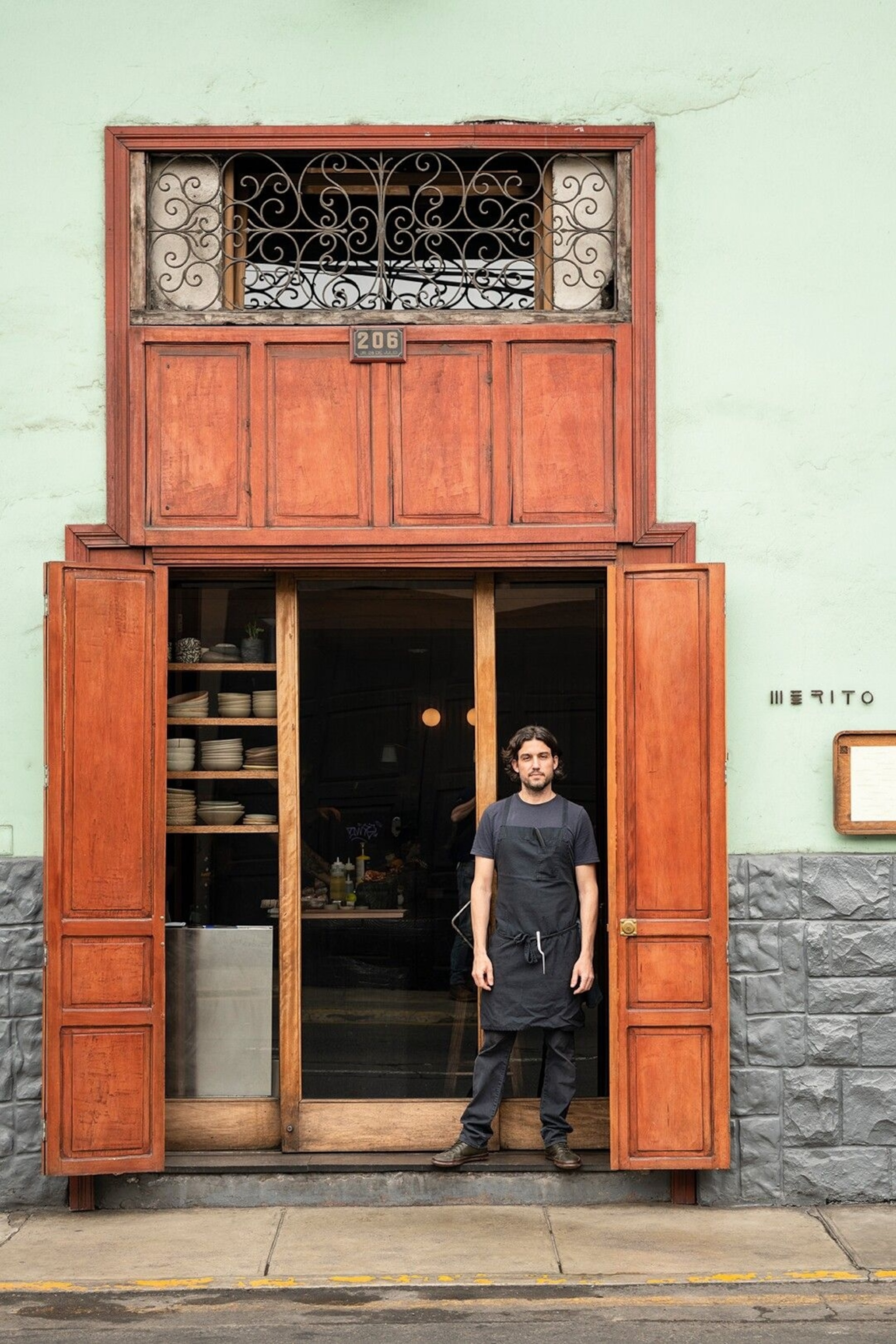
Mérito’s head chef, Juan Luis Martinez. Photograph by Ben Pipe
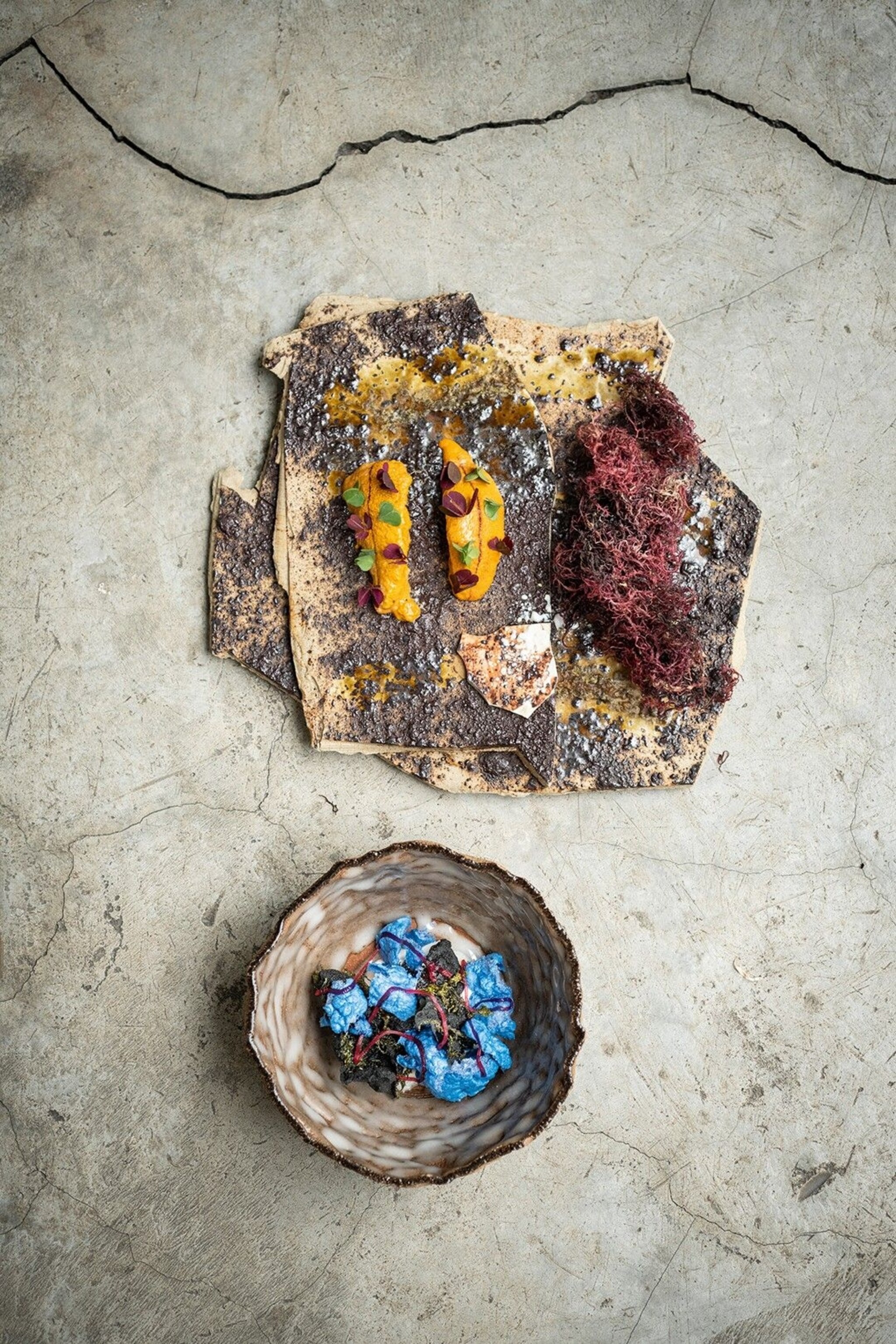
A dish of scallop, seaweed and sea urchin at Central. Photograph by Ben Pipe
What to buy in Lima
Wine: Vines planted in Peru by the Spanish are among the oldest in South America, and after years of decline, Peruvian bodegas are making a comeback. Curador, in Miraflores, doubles as a bar and shop.
Coffee: Although Lima is located in the midst of a desert zone, the country as a whole has incredible geographical variety, which goes some way to explaining why it’s one of the continent’s best coffee-growers. Specialist shop El Buen Café D’ Martin, in the Mercado Magdalena, has beans from various regions and will, of course, allow you to try before you buy.
Chullo: The Indian Market in Miraflores sells all manner of souvenirs, some of which are more authentic than others. While many of the items verge on the side of novelty, the distinctive chullo hats on sale here can be seen being worn across Peru. Particularly well suited for fans of warm ears and bobbles, they come in an infinite number of colour and pattern combinations.
Enjoy Lima lika a local
Eat at a chevicheria: There’s currently something of a mad scramble to eat in Lima’s brilliant new fine dining restaurants, but for a taste of something more traditional, find some fresh ceviche. Raw fish part-cooked in citric juices, it is arguably the definitive taste of the coast. La Mar Cevicheria Peruana is a fine example.
Stroll along the Malecón: Whether browsing for a bargain in the subterranean shops, perambulating with an ice cream or looking out for daredevil paragliders swooping around the Pacific-facing cliffs, hanging out along the Malecón is a favourite way for Limeños to pass time, especially on weekends.
Explore an ancient olive grove: Owing to its desert climate, Lima isn’t the greenest city in South America, but in El Olivar, it has one of the most enchanting parks on the continent. First planted by the invading Spanish 500 years ago, this olive grove continues to thrive as the well-heeled San Isidro neighbourhood grows around it.
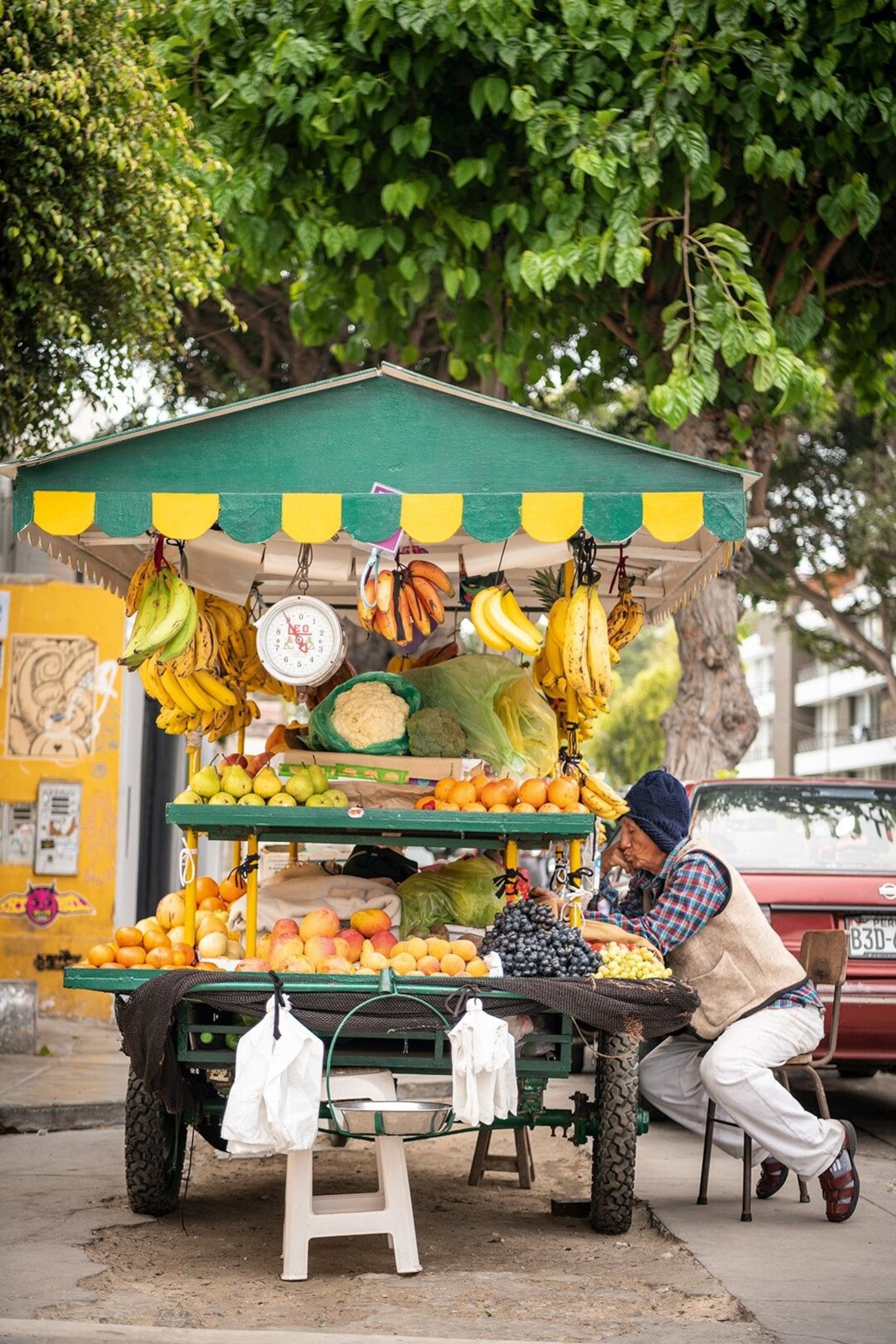
Produce stall in the neighbourhood of Barranco. Photograph by Ben Pipe
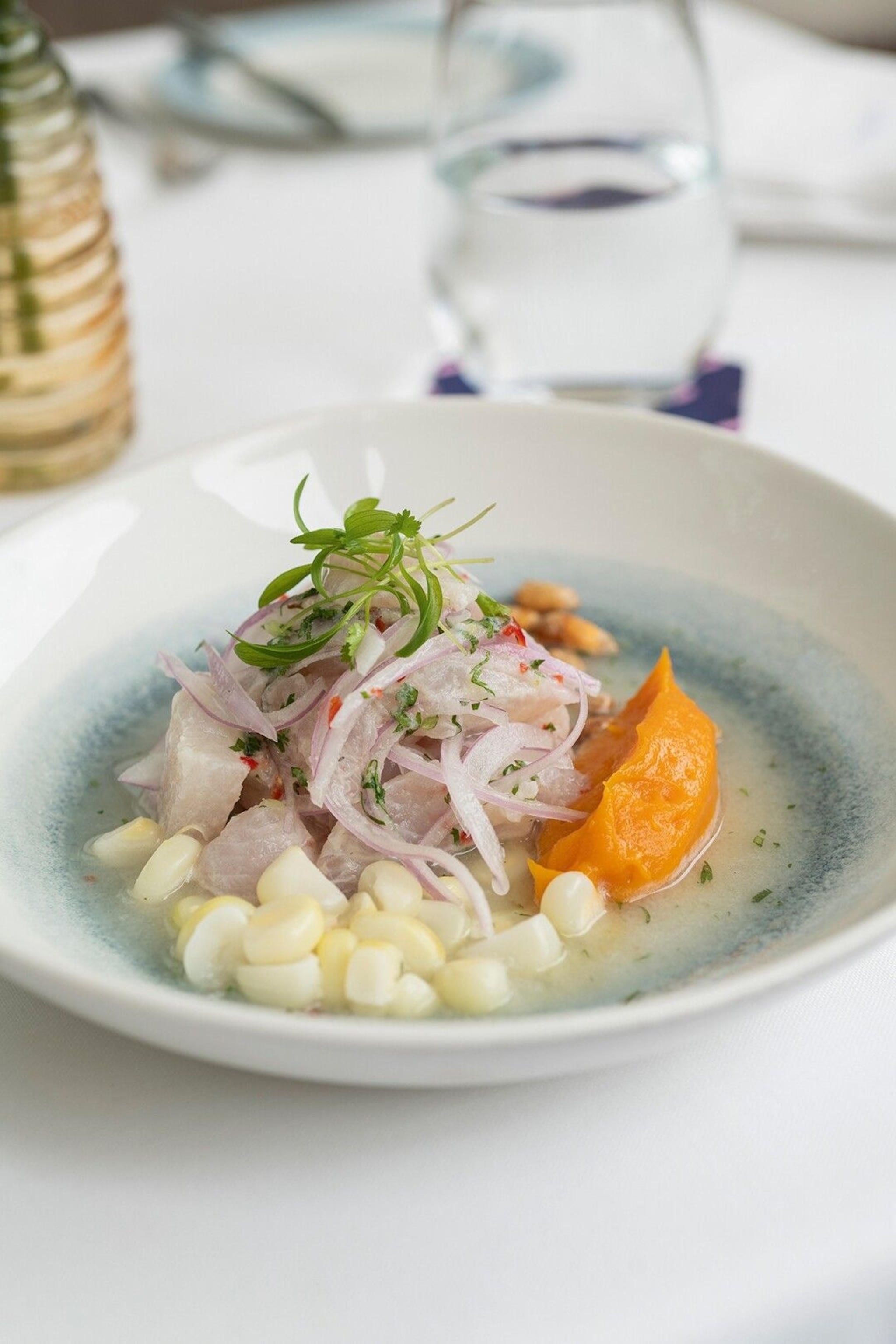
Ceviche at Tragaluz, in the hip Miraflores neighbourhood. Photograph by Ben Pipe
Wild wonders
As improbable as it seems, less than an hour from the heart of this colossal city you can find colonies of Humboldt penguins on the Pachacamac Islands.
Where to stay in Lima
Black Llama Hostel: If you want to stay in Miraflores but can’t stretch to some of the more exorbitantly priced hotels in the neighbourhood, the popular Black Llama is a fine option. With a mix of private rooms and small-scale dorms, it’s owned by three travellers who’ve poured their hard-won experiences from the road into a pretty idyllic hostel.
B: Located on the fringes of Barranco, Hotel B is an art hotel set in a historic building that’s cool without being pretentious, and stylish while still being practical. What its El Bar lacks in its naming it more than makes up for with its inventive cocktails.
Miraflores Park, a Belmond Hotel: With this hotel, Belmond has broken from its usual model of refurbishing a traditional building — inside this clifftop towerblock, you’ll find some of the most comfortable rooms in the city, some with spectacular views of the Pacific Ocean, and Belmond’s usual dedication to exemplary service.
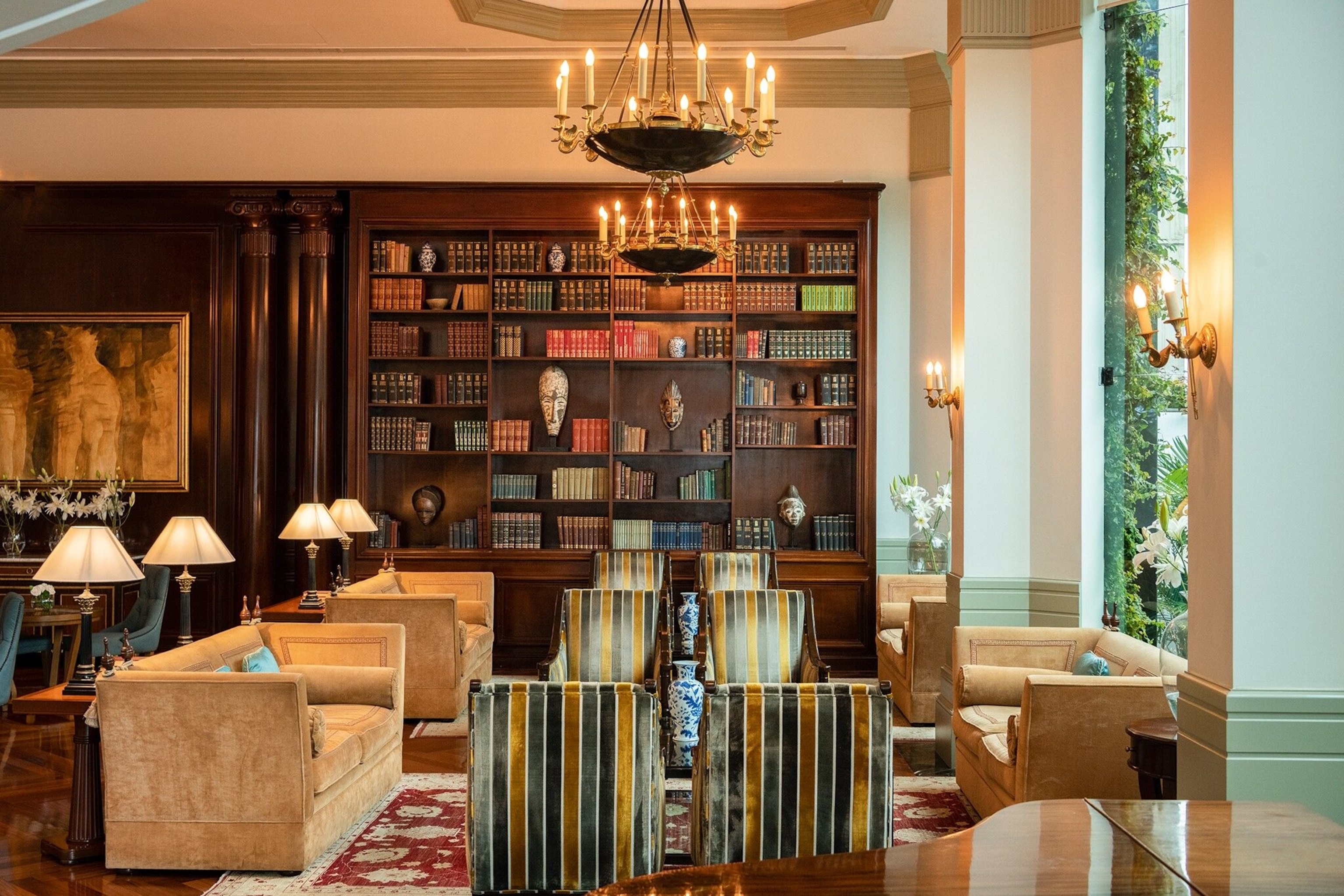
Photograph by Ben Pipe
Getting there & around
There are no direct flights between Lima and the UK. There are instead several connections through hubs in the US with the likes of Avianca, British Airways and KLM.
Average journey time: 16h.
The Metroplitano bus network is the safest and most straightforward of Lima’s myriad bus systems. Buy a rechargeable card (S5/$1.40) from any metro stop.
Taxis in Lima are generally reliable and affordable, and ride-sharing services such as Uber and Cabify operate throughout the city.
When to go
Lima’s winters (June–October) can be surprisingly cold (from around 15C to 20C) and are almost always grey. As the world’s second-largest desert capital, there’s little chance of rain at any time of the year, apart from the odd spell of drizzle. February is the hottest month, with average highs of around 28C.
More info
peru.travel
Andina: The Heart of Peruvian Food, by Martin Morales, Quadrille Publishing, £27.
How to do it
Journey Latin America offers 14 days in Peru, with two nights in Lima before exploring highlights such as Machu Picchu, Colca Canyon and Lake Titicaca. From £5,096 per person, including flights from the UK, domestic flights in Peru, transfers, superior hotels on a B&B basis and excursions.
Published in the March 2023 issue of National Geographic Traveller (UK)
Sign up to our newsletter and follow us on social media:
Facebook | Instagram | Twitter



